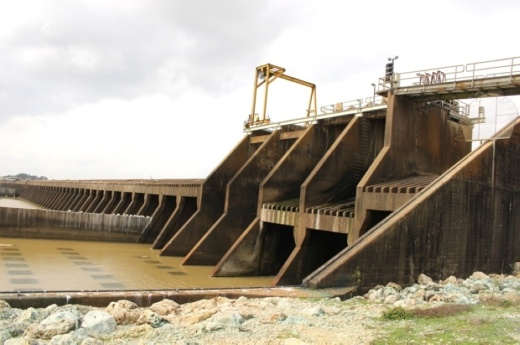Two-minute impact
Replacing the existing dam structure, which was built in 1953, is a long-term project that will be needed to meet the needs of the Greater Houston area, according to the newsletter. Now 75 years old, the dam currently consists of a spillway structure with four small gates that are made to release water at a rate of 10,000 cubic feet per second, or cfs.
District E officials could not be reached for additional information on the study as of press time.
In similar news
As of the April 2 newsletter, Black & Veatch had completed 30% of the design plans for phase two of the Lake Houston Dam Spillway Improvement Project. As previously reported by Community Impact, the project will add 11 gates to the existing dam structure, increasing the dam's discharge capacity to 79,000 cfs upon completion. Phase two includes the project's final engineering design and construction.
Per the newsletter, field work for the improvement project is ongoing and environmental studies were slated to begin in early April. Flickinger noted officials are working with state and federal regulatory agencies to streamline permitting review schedules and expedite the approval process for the project.
One more thing
Immediate repairs on the existing Lake Houston Dam structure are also being implemented through a $10 million Pre-Disaster Mitigation Grant Program project, obtained with support from Congressman Dan Crewnshaw, R-Kingwood. According to the release, the repairs will include regrouting and repairing broken concrete throughout the dam structure.
For this project, Flickinger said the Coastal Water Authority is working with engineering firm Freese and Nichols, Inc. to finalize the scope of additional field investigations and design work. The engineering phase is expected to take six to eight months followed by another six to nine months of construction.





